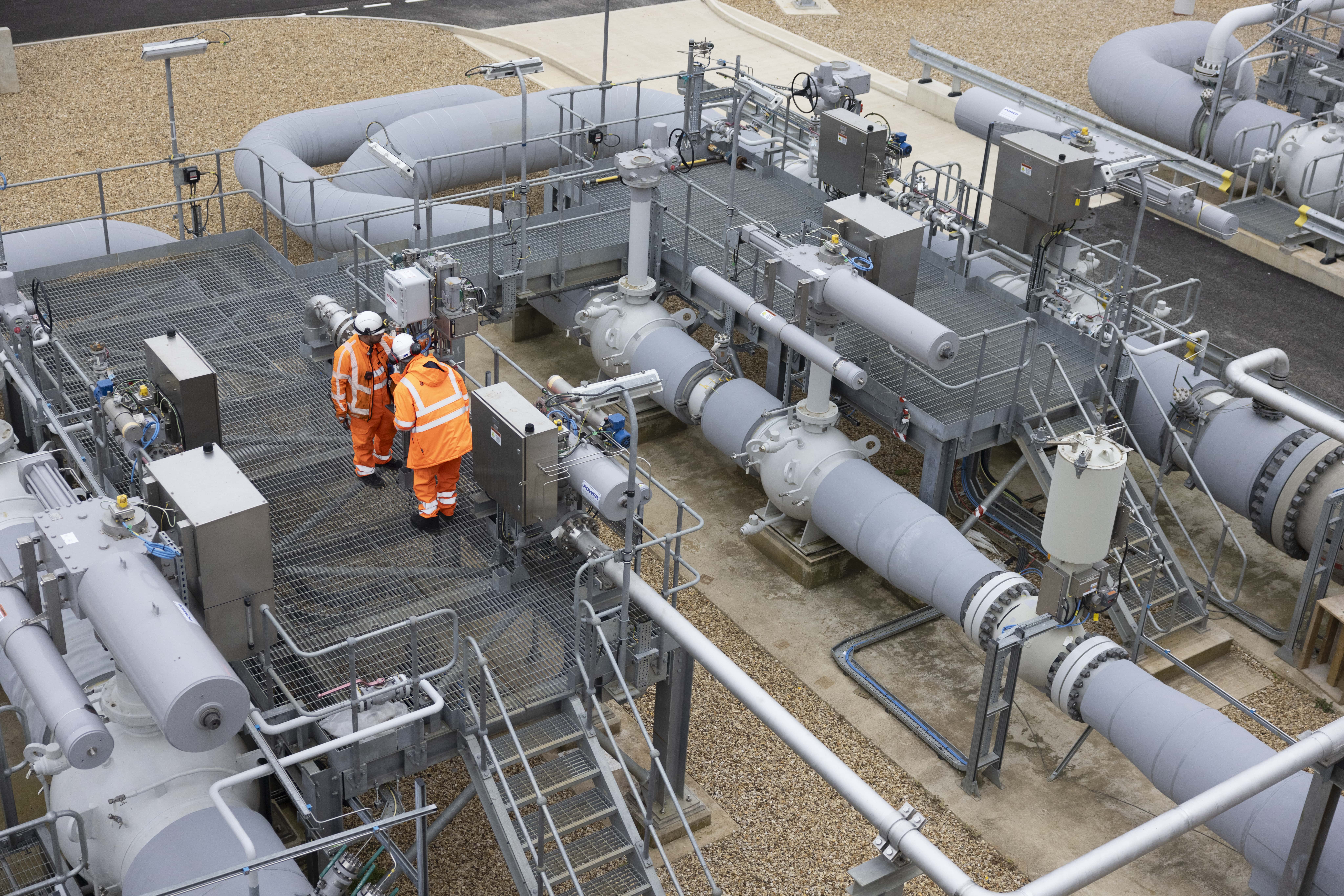History of the gas industry
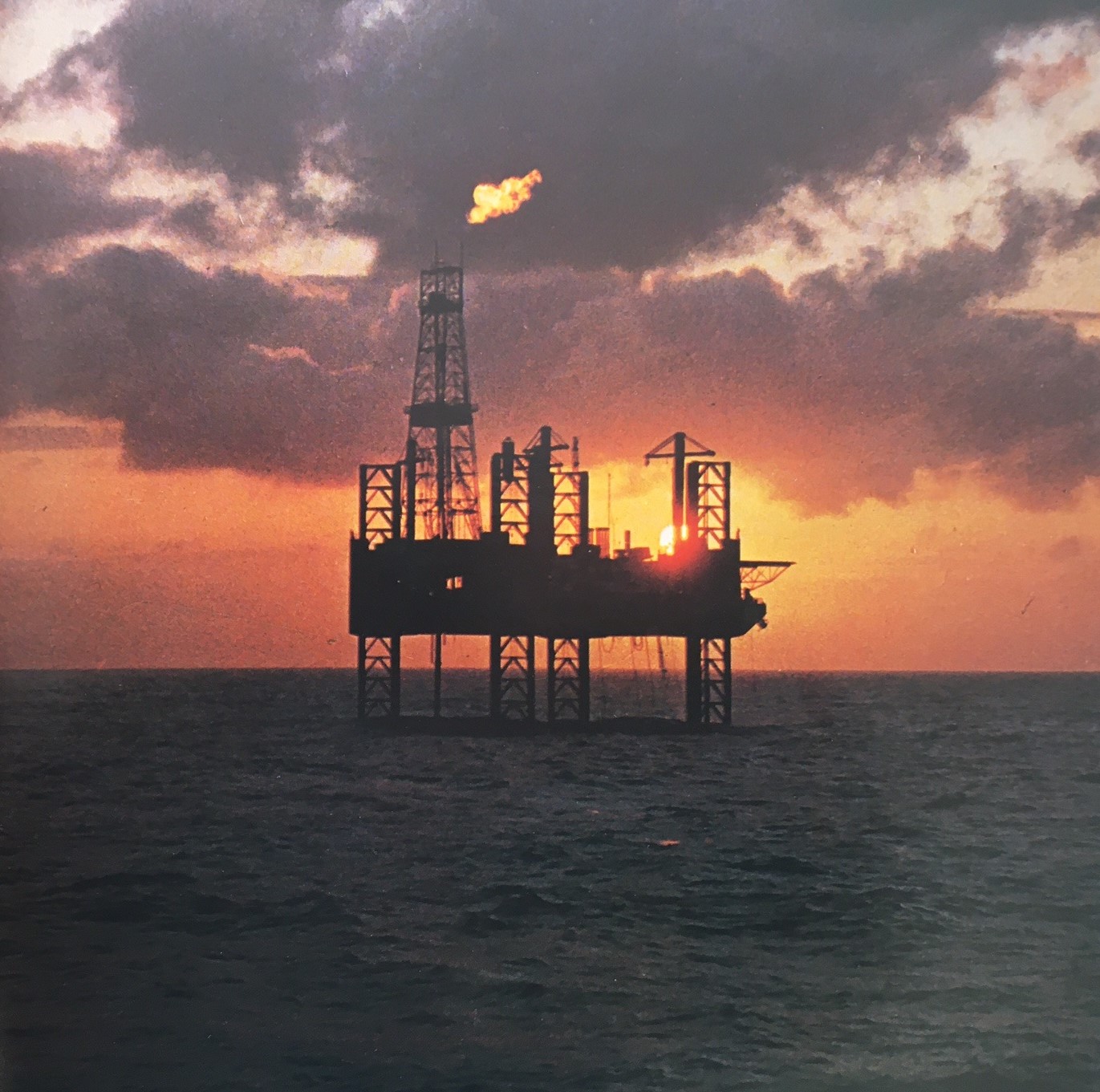
1790-1949:
The era of manufactured gas
The gas industry in the UK began in the 1790s, when Scotsman William Murdoch developed an experimental plant to manufacture gas from coal to light his home in Redruth. Recalled to the works of his employers Boulton and Watt in Smethwick in 1798, he experimented further with gas lighting and by 1805 had started to supply commercial gas plants. These were designed to provide improved lighting in the factories and mills of the industrial revolution.
The first company to provide a public gas supply was established in London in 1812. Known as the Chartered Gas Light and Coke Company, its first gasworks were operational by 1813. The gasworks became the centre of networks, manufacturing and distributing gas for lighting streets, public buildings and the homes of private customers, creating the first public energy utility industry.
Over the next 50 years, the industry expanded across the British Isles and overseas. While gas was originally used for lighting, the development of improved burners enabled the gas industry to expand into uses for heating and cooking. This offset the emerging threat of competition from electricity towards end of the 19th century. The development of the mantle for gas lights kept the industry competitive in the lighting market until the 1950s and you will still find historic gas lights in London today.
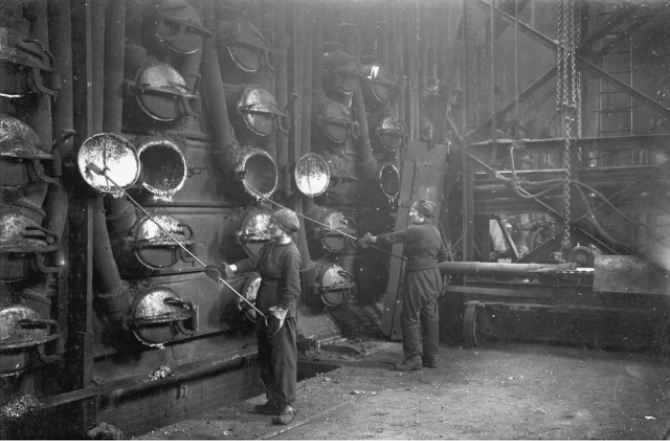
1949-1959:
Gas industry nationalisation
In 1949, the British gas industry was nationalised, amalgamating more than 1,000 different private and municipal gas undertakings, most of which operated their own independent distribution networks. Nationalisation grouped these undertakings into 12 area gas boards, coordinated by the Gas Council. Each gas board was highly independent and managed the manufacture, distribution and sale of gas within its region. They sought to improve efficiency by building gas networks across the region and replacing small gasworks with fewer larger and more economic gasworks.
In 1960, the gas industry was still manufacturing 90% of its gas from coal, with the remainder coming from oil to meet peak demand. But the quality and quantity of the available gas coals had been diminishing since WW2, forcing the industry to look for alternative feedstocks. The industry switched to manufacturing gas from the by-products of oil refineries, which acted as a stop gap measure until natural gas became available.
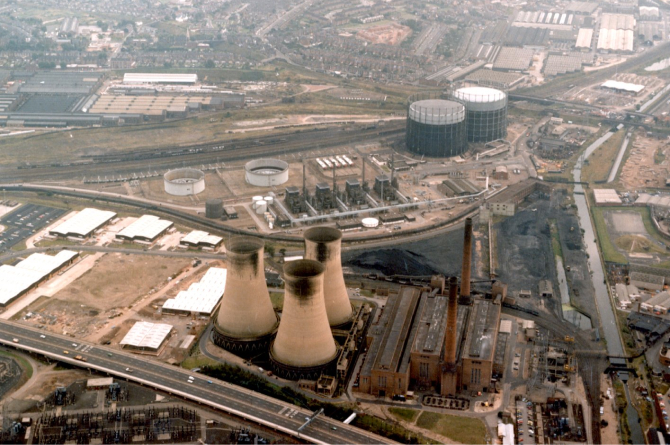
1959-1960:
Introducing Liquefied Natural Gas (LNG)
In 1959, the Gas Council, North Thames Gas Board and Constock collaborated to trial the import of Liquefied Natural Gas (LNG) from the USA to Canvey Island, Essex. The trial demonstrated that gas could be shipped safely in a liquid form and insured at normal rates on the London insurance market.
The success of the trial led to the expansion of the Canvey Island terminal, and the world’s first commercial load of LNG arrived there in October 1964. Regular imports were continued for more than ten years.
A 200km-long National Methane Pipeline – the beginnings of today’s National Transmission System (NTS) – was laid between the Canvey Island gas import terminal and eight of the country’s area gas boards. It allowed natural gas entering Britain to be distributed throughout the country. This gas provided 10% of Britain’s gas demand and initially had to be converted to town gas before it could be used by customers’ appliances.
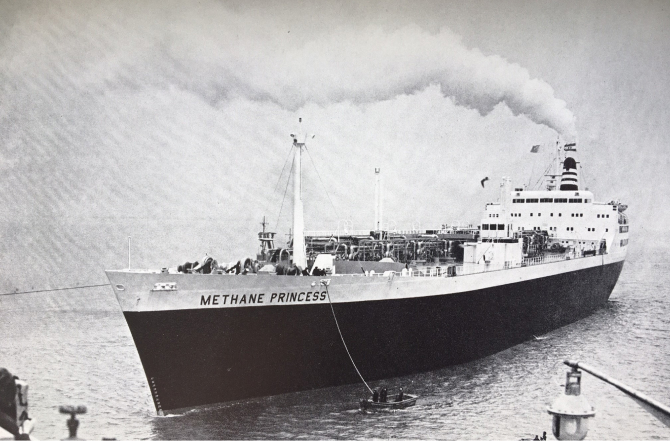
1960-1973:
Conversion to North Sea natural gas
In the 1960s, the demand for gas was increasing by 30% annually, meaning the existing gas infrastructure would soon be overwhelmed. The need for change coincided with the discovery of extensive supplies of natural gas in the North Sea. In 1966, Gas Council Chairman Sir Henry Jones announced the conversion of the existing gas infrastructure to natural gas. Compared to ‘town gas’, natural gas was safer to use and more consistent in quality.
The area gas boards were bound by the Gas Act of 1948 to cover the cost of converting domestic customers to natural gas. This covered surveys, changes to metering and supply pressure, and the conversion of appliances.
The main conversion programme took place from 1967 to 1977 and was regarded as one of the UK’s biggest post-war engineering projects. Conversion more than doubled the capacity of the gas network by increasing the calorific value of gas and increasing the pressure of gas in parts of the network.
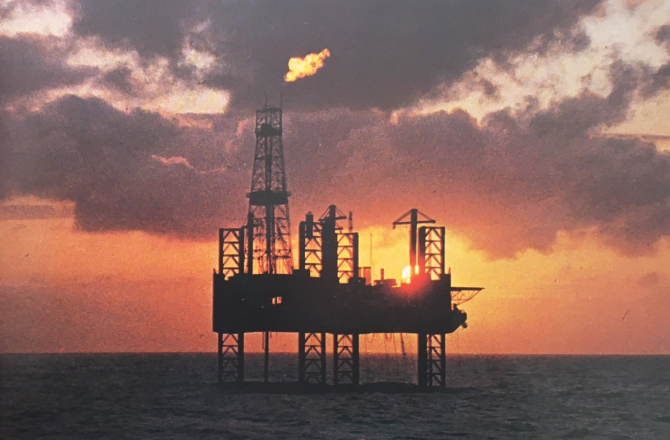
1967-1973:
Growth of the transmission network
The National Gas Transmission System (NGTS) – or National Transmission System (NTS) as we know it today – grew out of the National Methane Pipeline. This national network of pipes was essential in enabling the conversion to natural gas, since it was used to deliver gas to the area gas boards.
North Sea Gas changed how the NGTS developed. Gas transmission pipelines were built from Easington (1967), Bacton (1968), Theddlethorpe (1972), St. Fergus (1977) and Teesside (1993) and the Morecombe Bay gas field at Barrow (1985), integrating into the nationwide NTS. Compressors were built to push gas through the transmission pipelines under high pressure.
To connect the UK and European gas markets, gas interconnectors were built to transmit gas to and from Continental Europe (Belgium 1998 and Netherlands 2006). The Langeled Pipeline (2006-07) was built to bring Norwegian natural gas to Britain via the Easington terminal. Over the same period, LNG terminals were built at Isle of Grain, Kent and Milford Haven, Wales (South Hook and Dragon), allowing natural gas from further afield to enter the UK and increasing the diversity of natural gas supply to the UK.
Interconnectors were also built to provide a supply of gas to Ireland. Two were built to connect to the Republic of Ireland (1993 and 2003). The Scotland–Northern Ireland pipeline interconnector was built in 1996, bringing back a supply of gas to Northern Ireland.
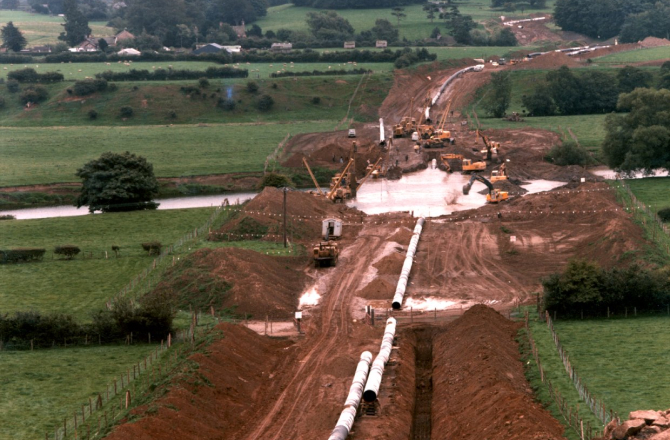
1970-1979:
Gas industry restructuring
Structural changes had to be made to the gas industry ahead of the conversion programme, prior to its reorganisation into the British Gas Corporation (BGC) in 1973. Area gas boards passed some powers to the Gas Council, enabling the whole industry to negotiate as a single customer rather than as 12 competing customers. This led to greater coordination and consistency between the Gas Council, the development of the National Gas Transmission System and the area gas boards.
By 1980, natural gas made up more than 30% of the total UK energy supply – a huge increase from the 7% prior to conversion. This was higher again for domestic customers, where gas accounted for 50% of the market. Natural gas allowed customers to switch to a cleaner and more convenient fuel for heating and cooking, moving away from more polluting fuels such as coal and oil.
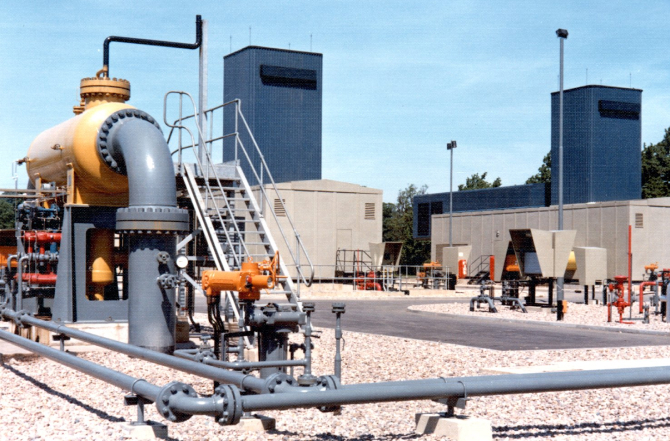
1985-today:
Privatisation and afterwards: into the competitive market
In 1985, the Conservative Government sought to privatise the state-owned BGC and introduced the 1986 Gas Act. The BGC included the NTS and the 12 regions, gas retail and sales, gas trading, gas storage and gas production – all of which were privatised.
The 1986 Gas Act created the Office of Gas Supply (Ofgas) to regulate gas prices and service levels. Gradual changes were made to open the gas market to competition, firstly opening up competition in the industrial gas sales market and later the domestic gas market, achieved by 1998. This required the separation within of the gas transportation and storage businesses from those involved with sales, retail and service. Gas shippers would purchase gas from producers and arrange for it to be transported through the pipeline and storage infrastructure to customers. Gas suppliers would buy the gas from the shipper and sell it to customers.
In 1997, British Gas Plc was demerged into the BG Group (covering the NTS, the 12 regional gas distribution networks and gas storage) and Centrica (gas retail and sales, gas trading and gas production). In 1999, Ofgas was merged with its counterpart from the electricity industry to form the Office of Gas and Electricity Markets (Ofgem).
In 1994, the 12 regions based on the old BGC structure, were replaced by 32 districts, this lasted until October 1997 when it was replaced by 12 Local Distribution Zones (LDZ), similar to the old regions. In November 2001, the 12 LDZs became eight regional Gas Distribution Networks (GDNs). In 2005, National Grid sold the Scotland and South of England Gas Distribution Networks to Scotia Gas Network, North of England to Northern Gas Networks and the Wales and the West network to Wales and West Utilities. National Grid Gas retained the North West, East of England, West Midlands and London Networks under the name of National Grid Gas until 2017, when a majority stake was sold forming the business Cadent Gas.
Today, the four Gas Distribution Networks (GDNs) are Cadent (formerly Cadent Gas), SGN (formerly Scotia Gas Network), Wales and West Utilities, and Northern Gas Networks.
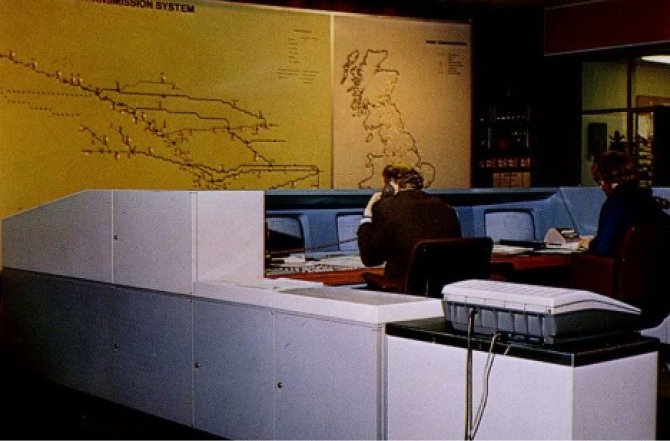
1962-today:
Changing NTS ownership
The ownership of the gas National Transmission System (NTS) has changed numerous times since its first phase of construction between 1962 and 1972, when it was owned by the British state and governed by the Gas Council and area boards. The Gas Act of 1972 formed the British Gas Corporation, which replaced the Gas Council and area boards between 1973 and privatisation in 1986. It was renamed BG plc in 1997 on the demerger of Centrica, which was a newly formed holding company for the businesses trading as British Gas. Later, BG plc was renamed BG Transco plc and a new holding company was added, BG Group plc. Later, BG Transco (renamed Transco plc) became the core business of the Lattice Group demerged from BG Group. With the merger of the Lattice Group and National Grid Company in October 2002, Transco became a subsidiary of National Grid Transco plc, and was renamed National Grid Gas plc in October 2005.
In January 2023, National Grid disposed of a majority of its equity stake in the Gas Transmission and Metering business to a consortium led by Macquarie Asset Management and British Columbia Investment Management Corporation (BCI). The business was rebranded and the regulated operating company, which owns, manages and operates the gas National Transmission System, was renamed to National Gas Transmission plc (National Gas). The disposal by National Grid of its final equity stake in the National Gas business was completed in September 2024.
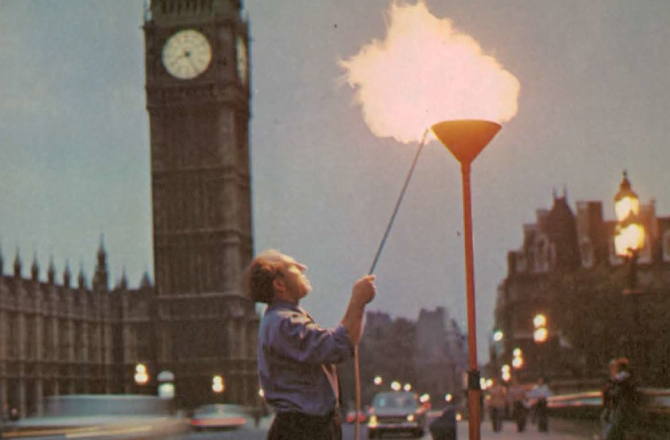
Sources
The Manufactured Gas Industry. Volume 1: History. Prof. Russell Thomas. Historic England
TheManufacturedGasIndustry_Volume1 (historicengland.org.uk)
Lessons Learnt: Past Energy Transitions in the Gas Industry. Prof. Russell Thomas (A collaborative project between Wales & West Utilities, WSP and Northern Gas Networks).
lessons-learnt-from-the-past.pdf (wwutilities.co.uk)
Pressure In The Pipeline: Decarbonising the UK’s Gas Wilf Lytton and Ryan Shorthouse, Bright Blue.
Pressure-in-the-pipelines.pdf (brightblue.org.uk)

